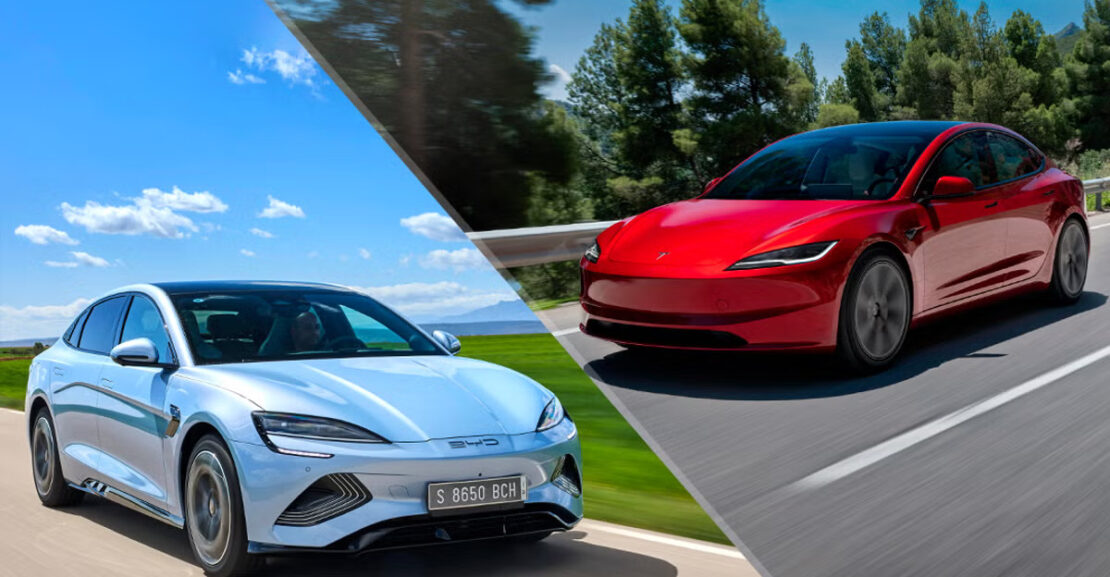The electric vehicle (EV) industry is witnessing an intense rivalry between two giants—Tesla and BYD. While Tesla has long been the face of EV innovation, BYD has emerged as a formidable competitor, particularly in China and other global markets. This article explores how these two companies compare in terms of technology, market presence, pricing, and strategy.
Brand Positioning and Market Strategy
- Tesla: Tesla, led by Elon Musk, is known for its premium, high-performance electric cars, cutting-edge autonomous driving technology, and a strong global brand image. The company operates in key markets such as the U.S., Europe, and China, with a strong focus on software integration and over-the-air updates.
- BYD: Build Your Dreams (BYD), a Chinese automaker backed by Warren Buffett, has taken a different approach—focusing on affordability, mass production, and vertical integration. Unlike Tesla, BYD manufactures its own batteries, reducing costs and supply chain risks. It has also expanded aggressively into markets like Southeast Asia, Latin America, and Europe.
Technology and Innovation
- Battery Technology: Tesla uses 2170 lithium-ion cells in most of its vehicles and is developing 4680 battery cells for greater energy density and cost efficiency. Meanwhile, BYD’s Blade Battery (LFP) is gaining traction for its safety, durability, and affordability, making it a strong alternative to traditional lithium-ion batteries.
- Autonomous Driving: Tesla’s Full Self-Driving (FSD) software is among the most advanced in the industry, though it remains in beta testing. BYD, on the other hand, focuses more on driver-assist features rather than full autonomy.
- Energy Solutions: Both companies invest heavily in energy storage and solar solutions, but Tesla’s Supercharger network gives it an edge in fast-charging infrastructure.
Production and Sales Performance
- In 2023, BYD surpassed Tesla in total EV sales, largely due to its dominance in China and its strength in plug-in hybrid electric vehicles (PHEVs). However, Tesla still leads in pure battery electric vehicle (BEV) sales worldwide.
- Tesla’s Gigafactories in the U.S., China, and Germany support its global production. BYD is rapidly expanding manufacturing outside China, including plants in Thailand, Brazil, and Europe.
Pricing and Affordability
- Tesla primarily targets the premium and mid-range market, with models like the Model 3 and Model Y being the most popular. However, price cuts in 2023-2024 signaled Tesla’s willingness to compete with BYD on affordability.
- BYD offers a broader range of EVs, from budget-friendly models like the Dolphin and Seagull to luxury EVs like the Han and Tang. BYD’s pricing strategy gives it an advantage in developing markets.
Who Will Win?
The Tesla vs. BYD rivalry is shaping the future of the EV industry. While Tesla remains the leader in brand value, autonomous driving, and global influence, BYD is excelling in cost efficiency, battery innovation, and production volume. The competition will likely intensify as both companies expand into new markets and technologies.
Ultimately, the real winners are consumers, who benefit from the increasing affordability, efficiency, and innovation in the EV sector.

